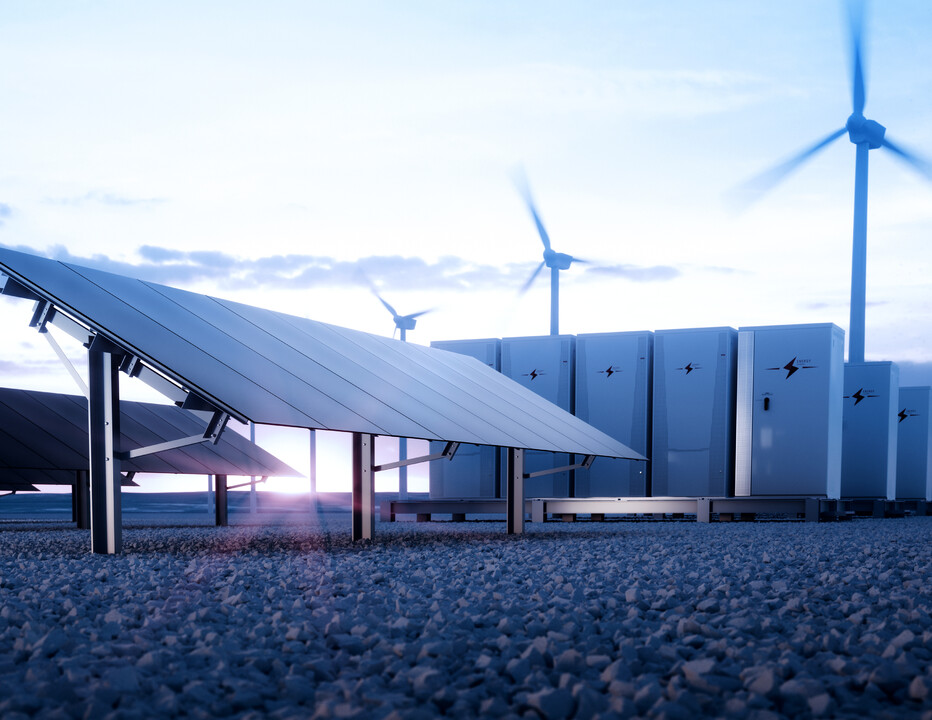In an era where sustainability and resilience are paramount, the energy landscape is evolving rapidly. One of the key players in this transformation is the Distributed Energy Storage System (DESS). This innovative technology is reshaping the way we generate, store, and consume energy. In this blog, we will explore the concept of distributed energy storage and its potential to revolutionize the power sector.
Understanding Distributed Energy Storage Systems: Distributed Energy Storage Systems refer to a network of decentralized storage units that are strategically placed across the grid to store excess energy generated during periods of low demand. These units can include batteries, flywheels, and other advanced energy storage technologies. The primary goal of DESS is to enhance grid reliability, integrate renewable energy sources, and mitigate the impact of intermittent power generation.Key Components and Technologies:
Battery Energy Storage Systems (BESS): Lithium-ion batteries, flow batteries, and other advanced chemistries are integral to DESS. These batteries store surplus energy during periods of low demand and release it during peak hours or when renewable sources like solar or wind are not generating power.Smart Inverters and Controllers: DESS relies on intelligent inverters and controllers to manage the flow of energy efficiently. These devices ensure seamless integration with the grid and enable the system to respond swiftly to fluctuations in demand or supply.Advanced Energy Management Systems: Cutting-edge software solutions play a crucial role in optimizing DESS operations. These systems analyze real-time data, predict energy demand patterns, and dynamically adjust storage unit parameters for maximum efficiency.
Grid Resilience: DESS enhances grid stability by providing backup power during outages and balancing the supply-demand equation. This resilience is critical in the face of natural disasters or unexpected events.Renewable Energy Integration: As renewable energy sources like solar and wind become more prevalent, DESS facilitates their integration by storing excess energy for later use, overcoming the challenge of intermittency.Demand Response and Peak Shaving: DESS enables utilities and consumers to respond to peak demand periods effectively. By storing energy during off-peak hours and releasing it during high-demand times, DESS reduces stress on the grid and minimizes the need for costly infrastructure upgrades.Carbon Footprint Reduction: With the ability to optimize energy usage and reduce reliance on fossil fuels during peak hours, DESS contributes to a significant reduction in carbon emissions, aligning with global sustainability goals.


Leave a Reply